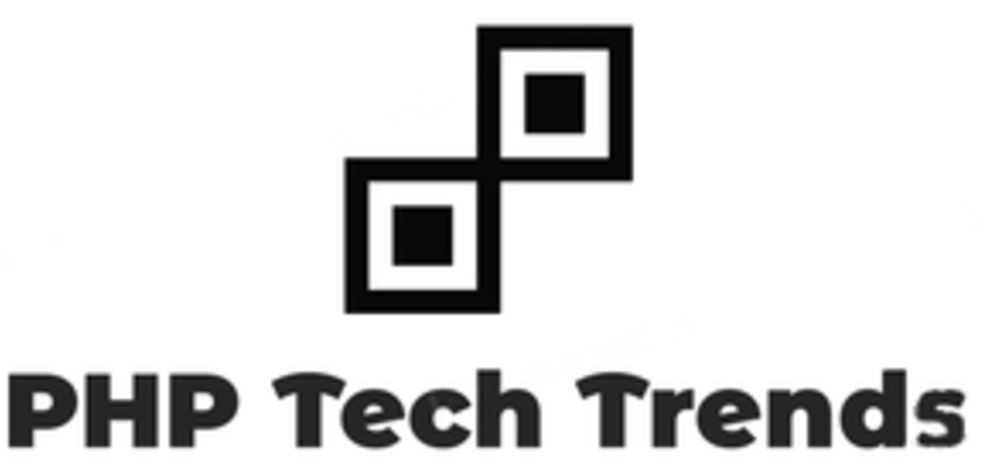Welcome to the world of PHP and data management! If you’re a web developer or someone interested in building a content management system (CMS), then understanding how to structure your database is crucial. A well-structured CMS database not only enhances the performance of your website but also allows for efficient data organization and retrieval.
We’ll dive into the importance of database structure in a CMS and provide some helpful tips on structuring your CMS database using PHP. We’ll also discuss common mistakes to avoid, ensuring that you create a solid foundation for your CMS project. So, let’s get started on our journey towards optimal data management with PHP!
Understanding the Importance of Database Structure in a CMS
When it comes to managing content on a website, the importance of a well-structured database cannot be overstated. Whether you’re running a simple blog or a complex e-commerce platform, the way your data is organized can greatly impact the performance and functionality of your CMS.
A properly structured database allows for efficient storage and retrieval of information. It ensures that data is logically organized, making it easier to navigate and manage. By defining relationships between different types of content, such as posts, users, categories, and tags, you can create more dynamic and customizable websites.
One key advantage of a well-structured CMS database is scalability. As your website grows in terms of content volume or user base, having an optimized database structure will make it easier to handle increased traffic without sacrificing performance. Additionally, with proper indexing and normalization techniques implemented in PHP code development practices specifically tailored for databases management systems (DBMS), queries can be executed faster.
Another benefit is flexibility. With a modular architecture in place from the start through effective use of PHP frameworks like Laravel or CodeIgniter combined with relational databases like MySQL or PostgreSQL), you’ll have greater freedom to add new features and functionalities without breaking existing ones.
Taking the time to carefully plan and structure your CMS database using PHP not only improves efficiency but also lays the foundation for future growth. It enables better organization and management capabilities while providing flexibility for adding new features down the line. So whether you’re starting from scratch or revamping an existing system – don’t underestimate the importance of structuring your CMS database!
Tips for Structuring Your CMS Database Using PHP
When it comes to structuring your CMS database using PHP, there are a few key tips that can help you create an efficient and organized data management system. Here are some suggestions to consider.
It’s important to plan out your database structure before diving into the coding process. Take the time to identify the different entities or objects in your CMS and determine how they relate to each other. This will help you establish the necessary tables and define their relationships through primary and foreign keys.
Make use of appropriate naming conventions for your database tables and columns. Consistent naming practices can make it easier for developers (including yourself) to understand the purpose of each element in the database.
Another tip is to properly index your database tables. Indexing helps improve query performance by allowing the database engine to quickly locate specific data within large datasets. Consider what fields are frequently used as search criteria or join conditions, and create indexes accordingly.
Take advantage of PHP’s object-oriented features when working with databases. Using classes and functions can simplify complex queries and make code maintenance easier in the long run.
Don’t forget about security measures when structuring your CMS database. Implement proper validation techniques for user input and utilize prepared statements or parameterized queries to prevent SQL injection attacks.
By following these tips, you’ll be on your way towards creating a well-structured CMS database that allows for efficient data management using PHP!
Common Mistakes to Avoid when Structuring a CMS Database
When it comes to structuring a CMS database using PHP, there are some common mistakes that developers often make. These mistakes can lead to inefficiencies, data loss, and difficulty in managing the system. To ensure a smooth and effective database structure for your CMS, here are a few key pitfalls to avoid.
One common mistake is failing to properly plan and design the database schema before starting development. It’s important to carefully consider the relationships between different types of data and how they will be stored and retrieved. This includes thinking about table structures, primary keys, foreign keys, indexes, and any necessary constraints.
Another mistake is not normalizing the data properly. Normalization helps eliminate redundancy by organizing data into separate tables based on its logical dependencies. Failing to normalize can result in excessive duplication of information, which can lead to inconsistencies or difficulties when updating or retrieving data.
Overly complex queries can also cause problems in a CMS database structure. Writing convoluted queries makes it harder for other developers (or even yourself) to understand and maintain them over time. It’s important to keep queries simple yet efficient by utilizing proper indexing techniques.
Inadequate error handling is another common mistake that should be avoided when structuring a CMS database. Proper error handling ensures that any issues with the database operations are appropriately logged or reported so they can be addressed promptly.
Neglecting security measures is a critical mistake in any database structure but particularly crucial for a CMS where sensitive user information may be stored. Implementing strong password hashing algorithms as well as protecting against SQL injection attacks should always be top priorities during development.
By avoiding these common mistakes when structuring your CMS database using PHP, you’ll set yourself up for success with an efficient and secure system that effectively manages your data.
Conclusion
In this article, we have explored the importance of database structure in a CMS and provided tips for structuring your CMS database using PHP. We discussed how data management plays a vital role in the smooth functioning of any content management system.
By following best practices such as defining clear relationships between tables, normalizing data, and optimizing queries, you can ensure that your CMS database is structured efficiently and effectively. This will not only improve performance but also make it easier to manage and update your content.
Remember to take into account the specific requirements of your CMS when designing the database structure. Each CMS may have unique needs depending on its functionality and features. By considering these factors from the start, you can save yourself time and headaches down the line.
Avoiding common mistakes such as overcomplicating table relationships or failing to establish proper indexes is key to maintaining a well-structured CMS database. Regularly reviewing and refining your database structure as your website evolves will help keep things running smoothly.
Implementing sound data management practices through proper structuring of your CMS database is crucial for building robust websites that can handle large amounts of content efficiently while providing an excellent user experience.
So go ahead, put these tips into practice when structuring your next project’s CMS database with PHP!

